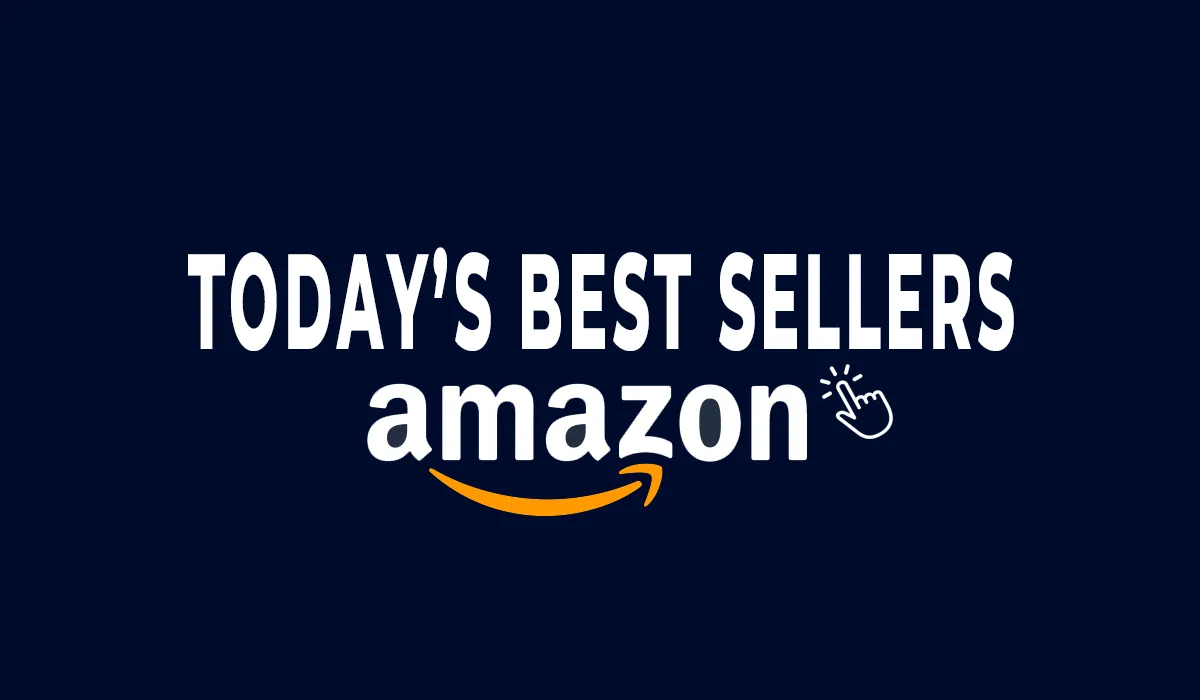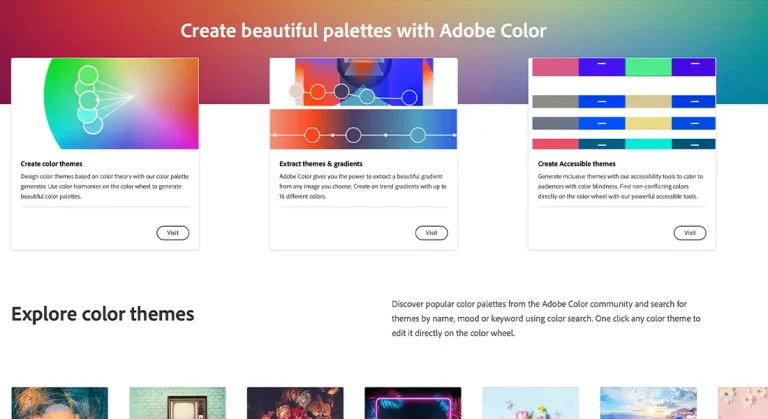A detailed analysis of product relevance and ranking reveals that the first page of results is responsible for approximately 80 percent of all clicks done on Amazon. – Roughly 60 percent of those clicks linked to the top three results. Additionally, the numbers show that roughly 70 percent of Amazon users never visit the second page.
With such compelling numbers, it comes as no surprise that any Amazon seller – seeking success at the online retail business, of course – is bound to ask themselves these couple of significant questions:
What exactly is the Amazon Product Ranking, and how can I rank my product among the first results?
Before we answer these questions, we must first understand what Amazon expects from its sellers. What they want to offer to their 170 million unique monthly customers, and how they intend to do it.
A glance at Amazon’s career page shows us a bit more about their company’s vision. They want to become the most customer-centric company on the planet. –A place where their customers are able to find and discover anything at the lowest prices. Simply put, what they want boils down to two things: recurring clients and gross revenues.
How can I rank my products among the top results?
Similarly, as Google has PageRank, Amazon has A9 – its product ranking algorithm.
To answer this crucial question, we must understand how A9 works and what it expects to find from your product entries. According to its website, the algorithm goes beyond a simple user query. At the moment the customer places keywords in the search bar. A9 has already indexed the texts on every product registered in their database – all while observing previous traffic patterns and performing a comprehensive data analysis
The algorithm’s paramount rule is relevance. They understand it as the fundamental view of what each product is, along with past sales analysis, all within a set of predefined metrics. If we demystify these metrics, we can understand the algorithm. This will ultimately help us rank our products on the first page. Long story short, we need to comprehend the following variables: performance, conversion rates, and relevance.
1) Performance
The logic behind this variable is the easiest one to grasp. The more our products sell, the more revenue Amazon gets. This is the reason why they created the Best Seller’s Rank (BSR). The BSR is a number that the platform designates to each product, according to their most recent sales statistics. The lower the BSR, the higher the sales have been for that particular product – and vice-versa.
To better understand how BSR works, let’s take a quick look at the following table. This shows us a practical example of coffee grinders.
As we can see from the table, coffee grinders found on the first page of results, sell on average 3,419 units. It’s hard not to notice this if you’re A9. So, to be a part of the first page of results, we need to have a high enough number of sales.
However, how can we achieve these numbers if we’re not among the top results, to begin with?
Fortunately, there are a couple of alternative tricks to get the same results:
Promotions and giveaways
The giveaway concept is quite simple, after all, who doesn’t like to get things for free? Regardless, it counts as a sale to fuel your product’s statistics. Promotions, on the other hand, require a bit more effort. Lucky for us, there are some tools which make our jobs easier, like JumpSend.
Successfully creating a promotion requires some steps. First, we need to create a promotion at an Amazon seller central. Secondly, we need to sign up for an Amazon deal site (this is where JumpSend comes in) and list our promotions there, along with the product codes. From there on, it’s automatic. Sales are going to increase, along with our Amazon product ranking.
Last, but not least, there is a final aspect of performance to consider. JumpSend can help us with this:
Reviews
Amazon still believes that reviews are an integral part of their business model. They believe this feature has given them the edge over their competitors. Additionally, they are a crucial component in building trust and confidence between the customers and products.
Conversion Rates
There are two different concepts that come into play here: conversion rates and unit session percentages. Let’s discuss the first one.
A conversion rate (CR) is a simple metric obtained as a result of the total number of visitors divided by the total number of sales.
For example, if product X gets 100 visits and 25 sales per month, its CR will be 25 percent. However, Amazon algorithm cares more about the latter, unit session percentages. They are the result of the total number of visitors divided by the total number of units sold.
Following product X logic, if those 25 sales came from 25 unique visitors buying one unit each, the product’s CR and USP will both be equal to 25 percent. However, if each of those unique visitors bought three units each, instead of one, the product’s CR will remain at 25 percent but its USP will jump at 75 percent.
The best way to achieve a high USP value is by increasing our Average Order Value (AOV). Simple marketing strategies, like Multiple Unit Discounts (50% off on the second unit) and Buy One Get One Free will do the trick.
Relevance
To better understand what is relevant to our customers (and what is not), we need to analyze how they perform their searches online. According to recent studies, about 50% of Google searches were four words or longer, which tells us that users are targeting specific needs when they go online – we refer to these as long-tail keywords. Additionally, there are on average 1,890 words on the first-page result on Google. Simply put, the longer (yet specific) the content, the better the ranking. We can use this valuable information to acquire that much-needed relevance for our products.
Let’s cover the basics:
Amazon listing title:
There is a 200-character limit for titles on Amazon, and each of those words is searchable on their own. Creating a product-selling title requires not only relevant words but also the overall feel of enticement, customers have to feel the need to click on it.
Features: Although we have a 500-character limit for our features, we need to keep it clear and simple – too much information might scare away our potential customers. To make the most out of this field, we must think as our customers would, and provide answers to the questions we would ask ourselves.
Description: In this field, we have a 2000-character limit. Every line should provide our customers with new valuable information. Additionally, this is the best place to introduce a compelling call-to-action.
Search Terms and Subject Matter: Found on the back end of our product listing, these last couple of features might be all we need to gain relevance on Amazon. Disregarded by many sellers, they are both sets of 5 fields containing 50 characters each, for a total of 250 characters. Here, we should place synonyms and similar versions of our main keywords for better indexing and more promising results.
Conclusion
With this guide, we hope to provide you with all the tools required to get your products among the top results of an Amazon product ranking search. Ultimately, achieving that much-desired financial success.
Feel free to ask us more about our services and the way we can help.
















7 thoughts on “Amazon Product Ranking: What it is, How it works, and why it matters.”
Your reviews of photography books and other resources are so helpful. It’s great to have a trusted source for recommendations on what to read and learn.
I always struggled with capturing the right angles for my products, but the composition tips in this post have been a game-changer for me
The Amazon Ranking tips mentioned here have completely transformed my product photos. Thank you for sharing these valuable insights!
Good info about Amazon product ranking
Very helpful for my business. I can now optimize my listings more effectively.
This explained a lot, thanks!
Great insights on Amazon ranking!